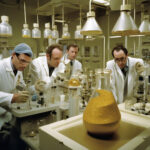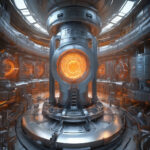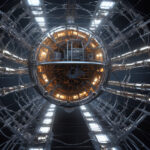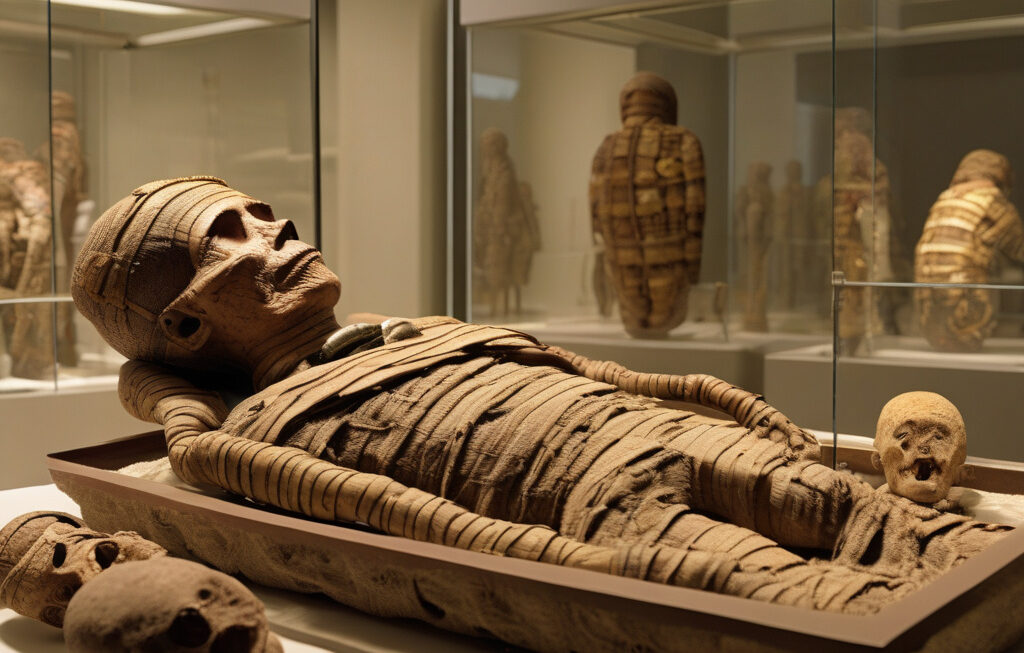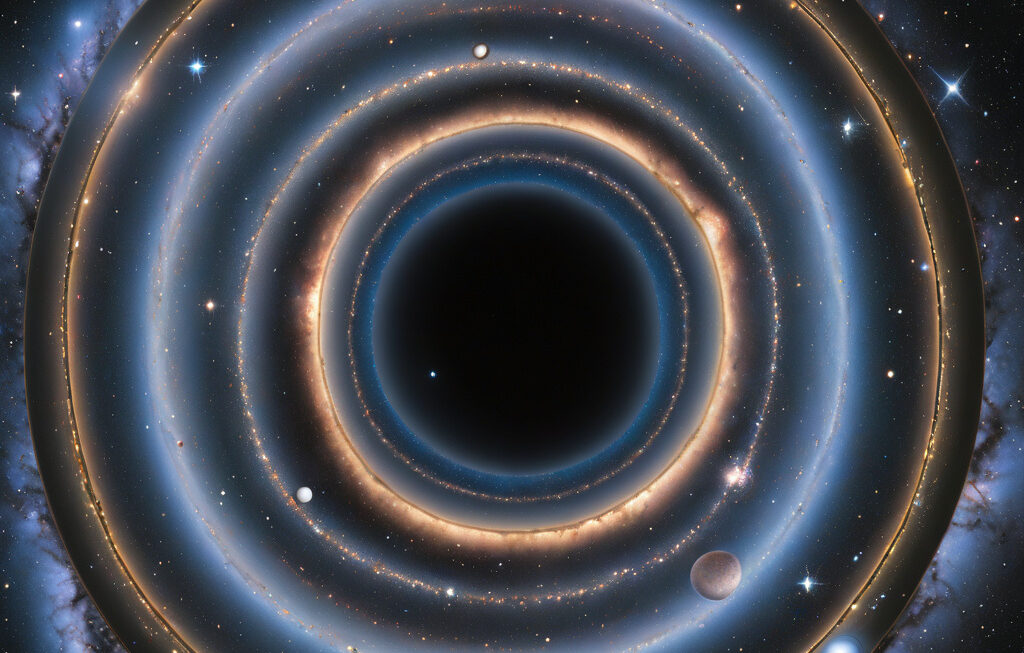500-year-old mystery: Leonardo da Vinci’s DNA traced through 15 generations
More than 500 years after his death, Leonardo da Vinci remains one of history’s most iconic figures. Known for his artistic masterpieces like the Mona Lisa and The Last Supper, da Vinci’s genius extended far beyond the canvas. Recently, scientists have made a groundbreaking discovery by tracing his DNA through 15 generations, shedding new light on the life and lineage of this enigmatic Renaissance man.
Leonardo da Vinci, born in 1452 in Vinci, Italy, lived during a time of great artistic and scientific innovation. His insatiable curiosity and thirst for knowledge led him to study anatomy, engineering, and various other fields, making him a true polymath. However, despite his numerous accomplishments, much of da Vinci’s personal life remained shrouded in mystery.
Through the use of advanced DNA analysis techniques, researchers were able to trace da Vinci’s genetic lineage down through the generations. By studying the DNA of living descendants who could be linked to the artist’s family tree, scientists were able to confirm with a high degree of certainty that they had indeed identified da Vinci’s genetic signature.
This groundbreaking discovery not only provides insight into da Vinci’s ancestry but also raises intriguing questions about the artist’s health, appearance, and possibly even his personality traits. By analyzing specific genetic markers, researchers may be able to uncover more details about da Vinci’s physical characteristics and potential predispositions to certain diseases.
Moreover, the revelation of da Vinci’s DNA opens up new possibilities for further exploration and research. Scientists are now considering the potential implications for art authentication, as DNA analysis could be used to verify the authenticity of works attributed to da Vinci. This could revolutionize the field of art history and help to combat the issue of forgeries that has plagued the art world for centuries.
Beyond the scientific and historical significance, the tracing of da Vinci’s DNA serves as a reminder of the enduring legacy of this extraordinary individual. Da Vinci’s influence can be seen in countless areas, from art and science to engineering and anatomy. His innovative spirit and relentless pursuit of knowledge continue to inspire generations of thinkers, creators, and inventors.
As we unravel the mysteries of da Vinci’s DNA, we are reminded of the timeless appeal of his work and the eternal quest for understanding that drove him to push the boundaries of what was possible. Leonardo da Vinci’s genius lives on not only in his art but now also in the very essence of his being, preserved through the ages in his genetic code.
In conclusion, the tracing of Leonardo da Vinci’s DNA through 15 generations represents a remarkable feat of scientific ingenuity and historical exploration. This discovery offers a glimpse into the genetic legacy of one of the greatest minds in history and opens up new avenues for research and discovery. As we continue to uncover the secrets of da Vinci’s past, we are also reminded of the profound impact he has had on the world and the enduring legacy he has left for future generations to admire and study.
Leonardo da Vinci, DNA, Renaissance, Art, Legacy
